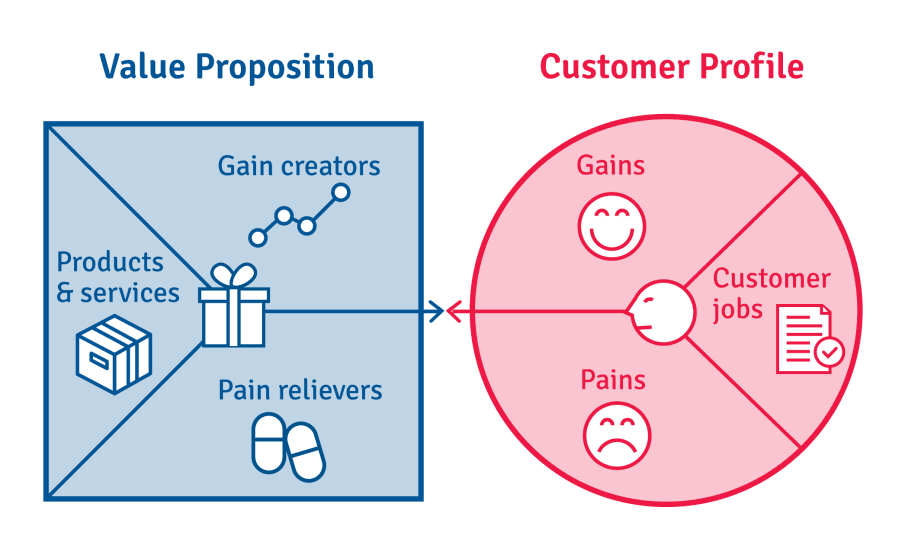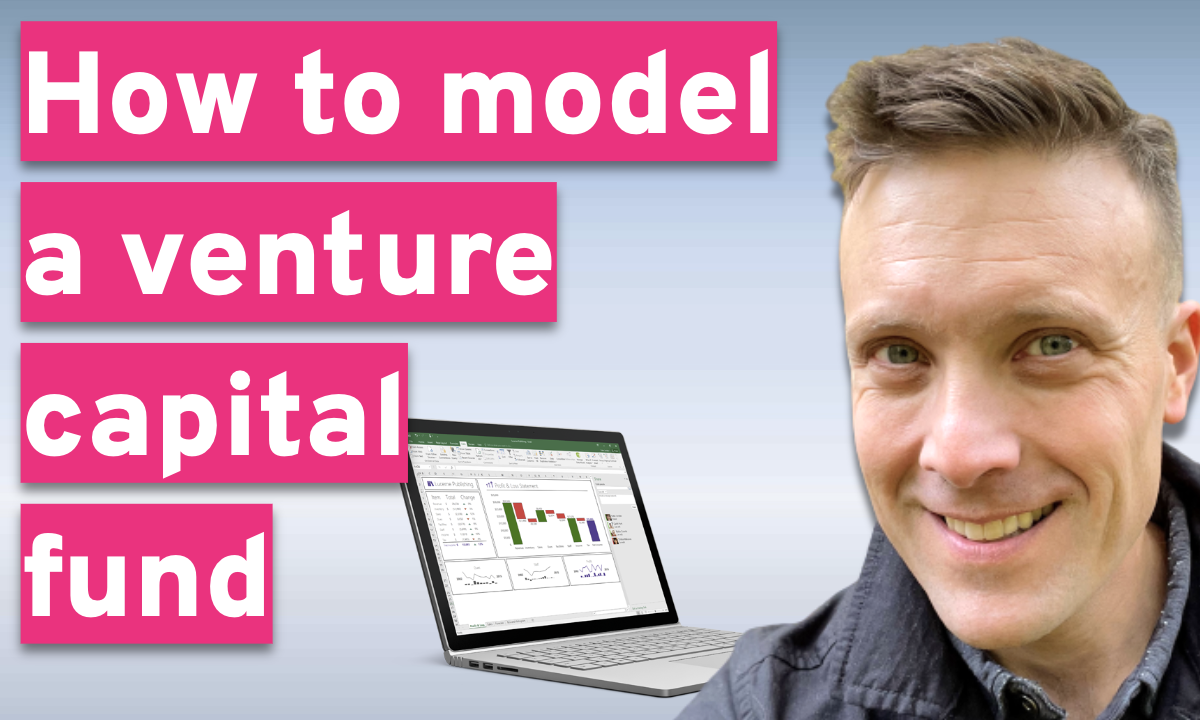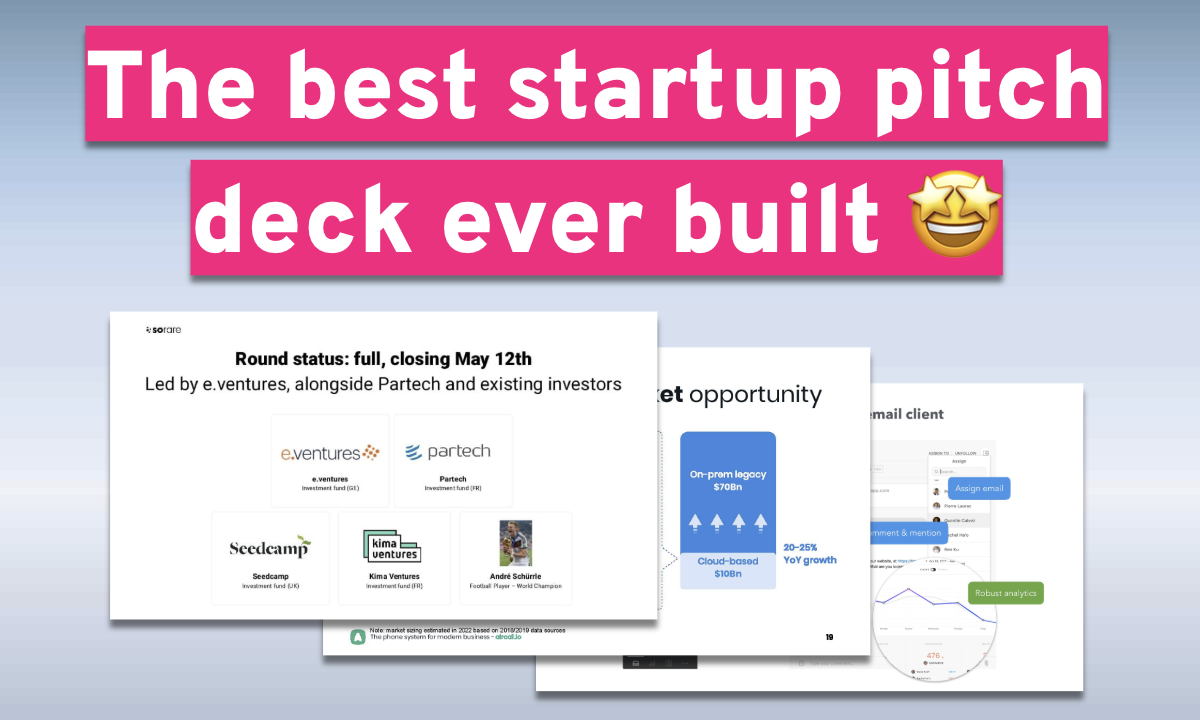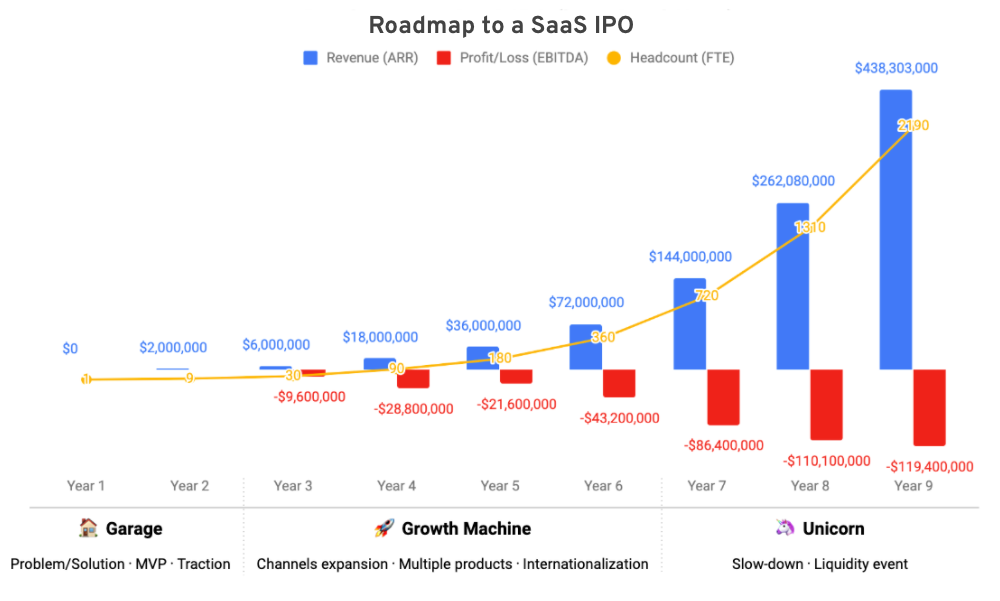Why are marketing people usually the first hires after securing investment?
Take a company like Zynga - earning over a billion dollars a year in revenue. No gaming company has grown so big in so little time before. Marketing was at the core of their growth according to CEO Marcus Pincus. They spend heavily on Facebook Ads in order to promote new games and viral marketing aspects are built into the game to help to further increase the number of players. So it’s becoming increasingly easier to answer the question:
I’ve joined multiple tech start-ups at the above-described stage and they tend to have many things in common. Most will have fixated solely on developing their ‘product’ and paid less attention to marketing and sales. This is normal as everything must come in order, but the danger here is to detach focus on revenue and marketability at such a crucial stage in a company’s existence. If we don’t build-in marketing and sales into the roots of our thinking when we are developing a product we run the risk of being driven by vanity or other forces that distract from revenue.
This is particularly true of SaaS platforms. The platform model so easily lures you in with adding more features and making things pretty. It can offer such easy distractions from revenue that many companies will fall into the trap of focusing too much time (i.e. money) on that area of the business.
Table of Contents
Boiling down your Value proposition
Hands down the most important thing for anyone working in a company to fully understand is the value proposition. You’d be surprised how many people there are working in companies that don’t fully understand their company’s value proposition. If you put this at the top of the list your marketing road map will write itself. It’s a breakdown of your ‘product’ in real terms from the perspective of a user. In the case of Privasee, a self-service AI lead GDPR solution, the value proposition also helped highlight another issue that you may find in your journey to starting marketing from scratch:
Are people even aware of the issue you are fixing?
The answer to this question will help you decide what kind of marketing you’ll require to sell this product. With Privasee, we knew we had to educate people from the get-go. There’s no sense in setting up a great website and activating keyword campaigns on google if we weren’t first stimulating buyer intent. GDPR is an often overlooked or misunderstood subject so we knew we had to be sure that our first point of contact with our customers was an explanation of the problem before we attempted to offer our solution.
So what was our value proposition? We offered a product that was fast, economical, easy to set up, and offered fully automatic protection for the future of a business using our platform. The proposition was obvious but we had to ensure that people were aware of the issues around GDPR, the fines given to SMEs, and the crackdowns happening every day before we could start to market our fix. Our target customers are defined quite generally as any SME, but we also identified VC investors as excellent target users as they are often dealing with a portfolio of businesses that are very likely to have not thought too much about GDPR at the stage they are at. The Seed to Series A journey will often involve a ‘tightening up’ of legal obligations and an audit ahead of inspections by potential Series A investors.
Using Value Proposition to choose the next steps
Your value proposition will be unique (if not then you may need to re-think your business) so it’s the perfect starting point for creating your marketing road map.
Map out your value proposition and features to buyer personas. Go deep. Really connect benefits to real people, take real examples of your buyer personas from Linkedin and map your product to them. Use real-world examples and you’ll get real-world answers.

A good exercise here is to go on Linkedin and start to take a deeper look at the actual people you would expect to be interested in your product- find names and job titles, connect with them, study their behavior, look at their activities and postings. Look at their past jobs and build a persona based on an actual person and you’ll have a lot more insights to work with. You should also visualize and make notes on how the product will benefit them and why, and map how you can reach them. Remember your BMC (business model canvas), have it on a board in your workspace, and fill in your clients and how you will reach them, map out partners, map out communication channels.
Don’t get too obsessed with competition at this point (assuming you did your market research before launching and identified a space to exist). Don’t follow bad examples, don’t assume they know what they are doing. According to CBInsights, being beaten by competition is a reason that 19% of start-ups fail but this is not the time to pay attention to them. Focus on your product, team, company culture, and sales first- because if you don’t nail the MRR growth then your competition will be the least of your worries.
When is it the right time to consider SEO?
Usually, SEO will be a key part of your marketing roadmap. It’s important to ensure the foundations are laid correctly from the beginning. If you run a SaaS make sure your platform is creating automatic URLs in an SEO-conscious way and that pages are labeled and tagged correctly according to Google’s preferences. Google is becoming increasingly intelligent in detecting valuable content but we need to ensure we are ‘visible’ and playing by the rules. If you have identified that the bulk of your customers will come from PPC campaigns you must start an SEO roadmap in parallel to eventually alleviate the costs.
SEO is not a quick fix but it’s essential in almost every business. It will typically take 6-12 months to pay off. This tends to leave cash-strapped businesses pushing back in their growth strategy, but this is ill-advised. Have your customer’s LTV in mind when making calculations here, do the math with your burn rate and short-term goals. The benefit of paying attention to SEO is it can be woven into many other aspects of your business, even the product itself. Invest in a good SEO expert as the only thing you outsource at the beginning. It’s simply too much of an important thing that deserves full attention.
At Privasee, we learned a lot from what search terms are popular in our relevant keyword groups. We can take product development cues, blog post ideas, and territory prioritizing cues from keyword search trends. It can be a challenge to stay on top of SEO as it’s a very intricate process that involves constantly monitoring many aspects and adjusting details across the board. If you are looking for your next hire for a marketing team, an SEO expert is an excellent choice. Or you can do as I have done in the past and outsource to a professional with a proven track record. There are many insights to be learned from SEO research that will assist your PPC campaigns as well as identifying possible product pivot points and new verticals.
When you identify low difficulty (KD) / high reward keywords and phrases with tools like ahrefs you can retrofit them to existing articles to capitalize. At Privasee, we had already written some content, after checking with ahrefs we identified some missing keywords that could be added in a coherent way to existing articles.
PPC: giving much more than just new customers
Why do we choose SEO and PPC as our best marketing tools at an early-stage company? They both help validate a concept. PPC will capture traffic from keywords and providing you have done a good job with your ad you’ll start to see some interest in your product or service. SEO is the same concept but a longer-term strategy. PPC is going to give you insights into your competition, your value proposition, pricing, market fit, and more.
It’s also the quickest way to generate MRR. Traffic acquired through PPC advertising yields 50% more conversions than organic advertising and on Google, PPC advertising is $2 for every $1 spent, which is a 200% ROI ( WordLead ). It’s also hugely beneficial for testing ideas and new products. There’s no limit to the number of landing pages and variations of your core products to which you can attribute an ad and test a change. Try different prices, different conversion funnels, different product names, and even site colors but don’t fall into the trap of affecting too many variables at once that your changes are immeasurable. An example of this is making changes to an ad at the top of the funnel and then a small change to your landing page or a sales process update. If I see an increase in conversions how will I know the true reason? As you follow the lifecycle down to the sales conversion event the butterfly effect will make it impossible to track why things are happening because of the compounding nature of top-of-funnel changes. Small measured changes followed by a monitoring period is the approach I’d recommend. The main goal to bear in mind, and this is true to every aspect of operations, is to work out a way to automate and scale-up. In the case of PPC ads they’ll bring you leads but are you ready to deal with them effectively?
Choosing the right CRM
Do you have a CRM set up to enroll leads into a sequence?
If you are closing leads in video calls are you working in parallel to optimize on-page conversions? In general, if you are closing new clients by video calls and not on your site, it’s an indication that you are not clear enough in explaining the solution you are offering and the sign-up and product use process. Take cues from your onboarding calls and apply the learning to your landing pages. A CRM is essential not only in your marketing automation but will also provide a dashboard with sales metrics, open rates, and other super useful information. You are going through a phase of experimentation - it’s essential you track your results and make changes accordingly. A popular choice is Hubspot, they offer a pretty robust solution and will allow you to grow and unlock the features you need as your requirements evolve. Some other options are Pipedrive and Salesforce- both offering a more ‘sales’ oriented approach.
It’s at this point you may want to make sure you are fully GDPR compliant - you now are storing customer data and sending communications- solutions like Privasee can do exactly that.
Growing the team
According to British print, the average marketing team size for companies with 1-50 people is 3. The best way to know how many people you need is to pay attention to your sales life cycle, pay attention to the marketing methods that are yielding results, and project forward the scaling-up of those methods. Your mantra should be “how can I x this by 10.” If your product relies heavily on educating the target user then your marketing is likely to be heavy on content and social media posts. This means at a certain tipping point you’ll need to bring in someone to own that part of the marketing strategy. If you rely mainly on display campaigns then eventually someone should take ownership of that. Growing a team this way means the head of marketing will always know each person’s role well enough to effectively manage that person in parallel to allow that person to gain valuable expertise in that particular branch of marketing. Your product should always drive your hires. You must listen to your sales cycles, study your persona matrix, and the answer will emerge.
The future
Where your marketing takes you depends on many variables- one thing is clear- you’ll pay attention to the data, double down on the methods that are converting, and maintain the foundation of your sales pipeline. To dive deeper into this check out Brian Balfour's Growth Machine for more resources.
But what about getting ahead? Tech-start ups will often be launching into fiercely competitive spaces, if you’re lucky enough to be the first in then don’t get complacent. There will be competition and if you do have competition then this serves to validate your idea so don’t be put off. Thus, what can we do to remain competitive within the context of marketing? Look for innovations connected to your product industry and reserve some budget for the endeavors. Should my product be present in emerging VR spaces? Should we sponsor a new event? Do we partner with a new ecosystem and offer our product as part of their offerings? Do we focus solely on improving inbound or is our product best fitted to an outbound-based sales cycle? Whatever you decide to advance with, you must make sure your efforts are recorded methodically and you push forward with logical steps, adapting, learning, and most importantly, having fun.
Find your ideal investors now 🚀
Browse 5,000+ investors, share your pitch deck, and manage replies - all for free.
Get Started
About the author
Originally from Kent, England but now Barcelona-based since 2008, Lee Webster has joined multiple early-stage tech startups during intensive growth phases. He has experience in seed and pre-seed SAAS products from the recruitment-tech, marketing-tech, and GDPR industries through to the Series A stage. Formerly at Privasee, Lee is now a marketing & growth consultant for tech startups at www.growth-consultancy.com
Lee can be reached at [email protected]










